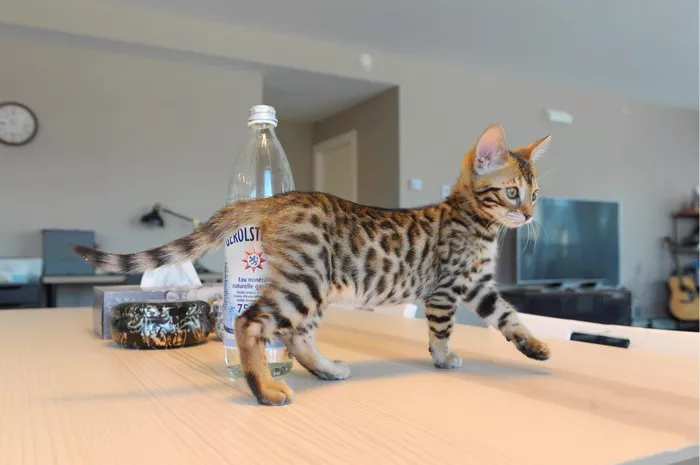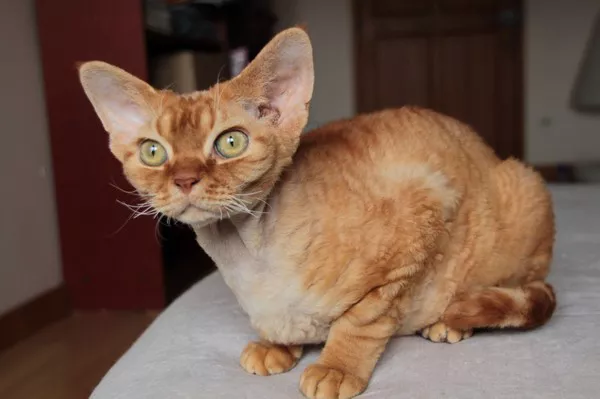Cats are known for their natural instinct to scratch. This behavior serves several purposes, including maintaining their claw health, stretching their muscles, and marking their territory. To ensure your furniture remains unscathed and your cat remains happy, providing a suitable scratching post is essential. In this comprehensive guide, we’ll explore the factors to consider when choosing the perfect scratching post for your feline friend.
Understanding Your Cat’s Scratching Needs
Before embarking on the journey to find the ideal scratching post, it’s essential to understand your cat’s scratching behavior. Cats scratch for various reasons:
1. Claw Maintenance:
Scratching helps cats shed the outer layers of their claws, keeping them sharp and healthy.
2. Stretching:
Cats stretch their bodies while scratching, promoting healthy muscles and joints.
3. Stress Relief:
Scratching allows cats to release pent-up energy and stress.
4. Territorial Marking:
Cats have scent glands on their paws, and scratching deposits their scent, marking their territory.
5. Communication:
Scratching can be a way for cats to communicate with other cats and even with their human companions.
Understanding these needs will guide you in selecting a scratching post that fulfills them effectively.
Factors to Consider When Choosing a Scratching Post
Now that you appreciate your cat’s scratching instincts, let’s delve into the essential factors to consider when selecting the right scratching post:
1. Material:
Scratching posts come in various materials, including cardboard, sisal, carpet, and wood. Each material has its advantages:
Cardboard: Cardboard scratching posts are inexpensive and readily available. Cats often enjoy the texture for scratching and sharpening their claws.
Sisal: Sisal scratching posts are durable and provide an excellent surface for claw maintenance. They are less likely to fray compared to other materials.
Carpet: Carpet-covered scratching posts offer a comfortable texture for scratching, but they can be less durable and may encourage scratching on other carpeted surfaces in your home.
Wood: Wooden scratching posts are sturdy and can be a stylish addition to your home. Some have multiple surfaces, including sisal and wood, for variety.
2. Size and Stability:
The scratching post’s size and stability are crucial considerations. It should be tall enough to allow your cat to stretch fully while scratching. A wobbly or unstable post may discourage your cat from using it. Ensure the post has a broad and stable base to prevent tipping over.
3. Vertical or Horizontal:
Some cats prefer to scratch vertically, while others prefer horizontal surfaces. Observing your cat’s natural scratching behavior can help determine which type of scratching post they may prefer.
4. Location:
Where you place the scratching post matters. It should be in an area where your cat spends a significant amount of time, such as near their favorite resting spots or close to their litter box. Placing it strategically can encourage regular use.
5. Multiple Surfaces:
Many scratching posts feature multiple surfaces, such as sisal and cardboard or wood and carpet. Offering variety can cater to your cat’s preferences and keep them engaged.
6. Vertical vs. Horizontal:
Some cats prefer to scratch vertically, while others opt for horizontal surfaces. Observing your cat’s natural scratching behavior can help you determine which type of scratching post they may prefer.
7. Style and Aesthetics:
Consider how the scratching post will fit into your home’s decor. There are various styles available, from traditional to modern, so you can find one that blends seamlessly with your interior design.
Tips for Introducing a New Scratching Post
Once you’ve selected the perfect scratching post for your cat, it’s essential to introduce it effectively:
1. Placement:
Put the scratching post in a location your cat frequents. Cats often scratch when they wake up, so near their sleeping area can be an ideal spot.
2. Encouragement:
Gently guide your cat to the new scratching post and encourage them to use it by gently running their paws along the surface.
3. Positive Reinforcement:
Reward your cat with treats, praise, or affection when they use the scratching post. Positive reinforcement can help establish the habit.
4. Catnip:
Sprinkle a bit of catnip on or near the scratching post to attract your cat’s interest.
5. Be Patient:
It may take some time for your cat to adjust to the new scratching post. Be patient and avoid scolding or punishing them if they continue to scratch furniture temporarily.
Common Mistakes to Avoid
To ensure your cat successfully transitions to their new scratching post, avoid these common mistakes:
1. Neglecting Claw Maintenance:
Regularly trim your cat’s claws to prevent them from becoming overly long and causing discomfort. A scratching post complements claw maintenance but doesn’t replace it.
2. Using Punishment:
Never scold or punish your cat for scratching furniture. This can create anxiety and undermine the effectiveness of the scratching post.
3. Not Considering Preferences:
Cats have individual preferences when it comes to scratching surfaces and styles. Pay attention to your cat’s preferences to increase the chances of them using the new post.
When to Seek Professional Advice
While most cats adapt to a new scratching post with ease, some may need additional guidance. Consider seeking professional advice from a veterinarian or animal behaviorist if your cat exhibits the following behaviors:
1. Persistent Furniture Scratching:
If your cat continues to scratch furniture even after the introduction of a scratching post, a professional can help address underlying issues.
2. Aggressive Behavior:
If your cat becomes aggressive or fearful when approaching the scratching post, it’s essential to consult with a professional to rule out any medical or behavioral concerns.
3. Excessive Stress:
Cats may scratch excessively due to stress. A professional can help identify and address the source of stress in your cat’s environment.
In Conclusion
Selecting the perfect scratching post for your cat is a thoughtful process that takes into account your feline friend’s preferences and needs. Remember to choose the right material, size, and style to cater to your cat’s unique scratching behaviors. Introduce the new scratching post gradually and use positive reinforcement to encourage its use. By providing a suitable scratching outlet, you can ensure your cat’s claws remain healthy, your furniture remains intact, and your feline companion stays content and happy in their environment.



























